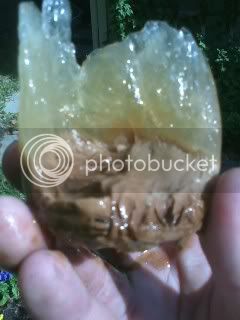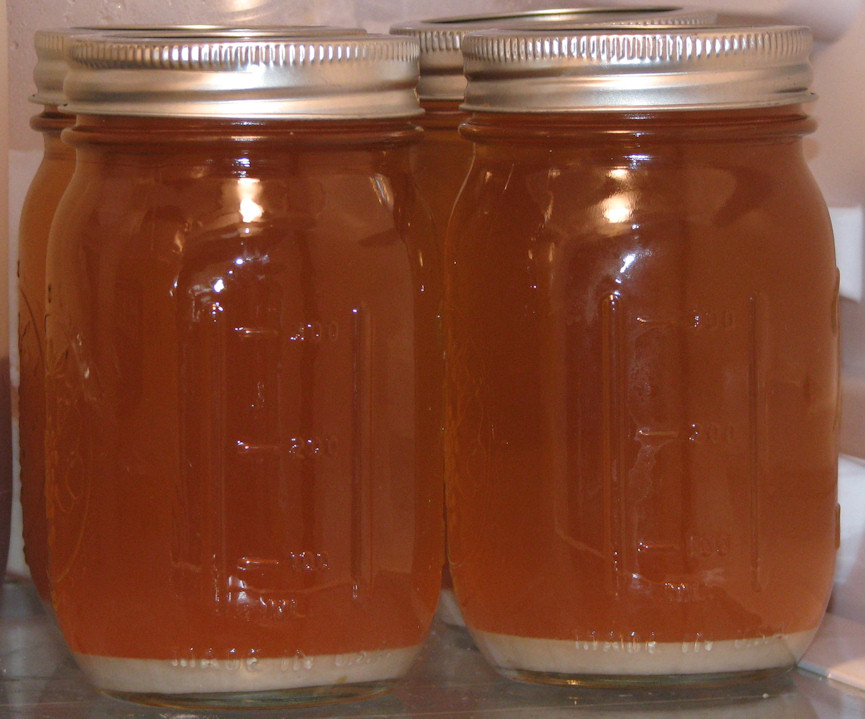AugustDerleth
Well-Known Member
On a side note; I have found in order to get the muck to settle out first and save only the yeasty water, the solution MUST be really thinned out.
Thanks! I was wondering why exactly the OP asked for so much more liquid than could fit back into the mason jars to be added, and I did it that way the first couple washes but I began to not add the large jar and I noticed that I was taking on a bit more dead/non-viable yeast in my wash jars. Gonna stick to adding LOTS of that cooked water! (also, unrelated: I have taken on your rule and made it known around here as well! heh)
















![Craft A Brew - Safale S-04 Dry Yeast - Fermentis - English Ale Dry Yeast - For English and American Ales and Hard Apple Ciders - Ingredients for Home Brewing - Beer Making Supplies - [1 Pack]](https://m.media-amazon.com/images/I/41fVGNh6JfL._SL500_.jpg)













































 Or you could just click the arrow next to the "Thread Tools" link near the top of the page, then select "Subscribe to this thread."
Or you could just click the arrow next to the "Thread Tools" link near the top of the page, then select "Subscribe to this thread."
